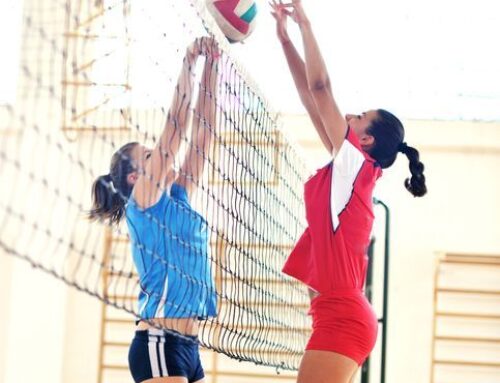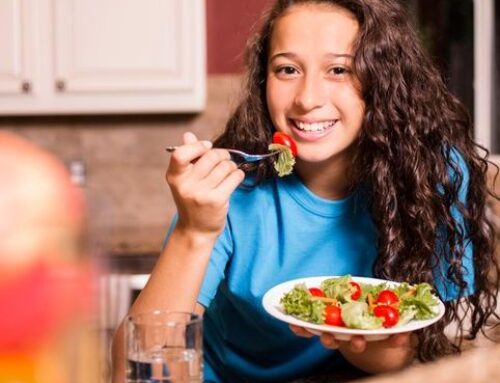Get our exclusive report. Download the iSport360 Club Switching Report Here – For Club Admins, Rec Leaders and Coaches.
Why Do Girls Drop Out of Sports
As a coach of girls for over TEN years. It is always a challenge to balance player development and player confidence. As a coach, I always felt that it was equally important to instill a level of confidence in players. While also developing their game.
Youth sports offer countless benefits, from physical fitness to teamwork and leadership development. However, there’s a troubling trend: girls drop out of sports at significantly higher rates than boys as they transition into their teenage years. This phenomenon isn’t just a loss for girls individually; it’s a loss for society as a whole, depriving us of the potential leadership, confidence, and lifelong health habits that sports can cultivate.
So, why do girls leave sports at such alarming rates during their teenage years?
Societal Pressures and Gender Stereotypes
From a young age, girls are bombarded with societal messages about how they should look, behave, and prioritize their time. Traditional gender norms often dictate that girls should prioritize appearance, social relationships, and academic achievement over athleticism.
As a result, girls may feel pressure to conform to these stereotypes, leading them to de-prioritize sports or view athleticism as less important compared to other pursuits.
Social media is at the forefront of what young girls see day in and day out. We need to create more inclusive places for girls to go that show them that they do not need to conform to societal pressures.
Body Image Concerns
Body image concerns are a significant barrier to girls’ participation in sports, particularly during adolescence. As girls go through puberty, they may become more self-conscious about their changing bodies and feel uncomfortable or insecure participating in sports where their bodies are on display.
Negative body image can lead to decreased confidence and motivation to participate in sports, ultimately contributing to dropout rates among teenage girls. Dove has taken this issue head on and we applaud them for that.
We need to make sure girls are comfortable while playing. If they are, that will help their confidence. This includes everything from what they wear to how they react to a mistake. The continued support helps.
For more information on Dove’s #KeepGirlsConfident, click here.
Lack of Female Role Models and Representation
The lack of visible female role models and representation in sports media, coaching staff, and leadership positions can also impact girls’ perceptions of their place in the sports world.
Without female athletes to look up to, girls may struggle to envision themselves succeeding in sports or pursuing careers in athletics. This lack of representation can lead to feelings of isolation and disconnection from the sports community, contributing to dropout rates among teenage girls.
The lack of representation is not only on the field but also in coaching. There is a dramatic drop in the number of female coaches. Girls need to see themselves in their coach, and having female coaches helps.
Social and Peer Dynamics
Social dynamics and peer pressure play a significant role in girls’ decisions to participate in sports. During adolescence, girls may face social pressures to conform to gender norms and engage in activities that are perceived as more “feminine” or socially acceptable.
Additionally, negative experiences such as bullying, cliques, or feeling excluded by teammates can deter girls from participating in sports or cause them to drop out altogether. I can’t stress the importance of creating an environment of inclusivity. When someone feels included, they can grow in their sport.
Addressing the Dropout Dilemma: Solutions and Strategies
Promoting Positive Body Image
Promote positive body image and self-esteem among teenage girls by celebrating diverse body types and challenging unrealistic beauty standards. Create a supportive and inclusive environment where girls feel comfortable and confident participating in sports regardless of their body shape or size. More specifically, have uniforms that support girls with different body types.
Providing Female Mentorship and Role Models
Increase representation of female athletes, coaches, and leaders in sports media, coaching staff, and leadership positions. Provide opportunities for girls to connect with female mentors and role models who can inspire and empower them to pursue their athletic goals. Have a female coach on staff to help girls.
Fostering Inclusive and Supportive Environments
Create inclusive and supportive environments within sports organizations that prioritize teamwork, respect, and camaraderie. Address issues such as bullying, cliques, and exclusion to ensure that all girls feel welcome and valued as members of the team. Coaches and administrators set the tone and culture of the team. Having a strong inclusive culture helps show the expectations of the program and fosters a team of support.
Empowering Girls’ Voices and Choices
Empower girls to take ownership of their athletic journey and make decisions that align with their interests, goals, and values. Encourage girls to advocate for themselves, express their opinions, and participate in decision-making processes within sports organizations. This is a big one. Your culture will help players advocate for themselves.
Wrap-Up: Empowering Girls to Stay in the Game
The dropout rates of teenage girls in sports are a complex and multifaceted issue that requires attention and action from all stakeholders. By addressing societal pressures, promoting positive body image, providing female mentorship, fostering inclusive environments, and empowering girls’ voices and choices, we can create a sports culture that encourages girls to stay in the game and reap the countless benefits that sports have to offer. Together, let’s empower girls to overcome barriers, pursue their athletic passions, and thrive both on and off the field.
iSport360 is the only app that does it all for youth sports. For more information on what we do, click here.
About the author:
Amy Masters is a sports mom, coach, and club administrator. She has been coaching youth sports for more than 10 years. She started Jr Lions Field Hockey, the youth recreation program for the Hunterdon County community growing it from 40 players in year 1 to 150 players by year 3. A few years later, she saw the love and competitiveness grow then started Omega Field Hockey Club serving NJ and PA players. Before coaching, she was a collegiate field hockey player for Lock Haven University. In her spare time (lol), she is head of marketing for iSport360 and the co-editor of the Youth Sports Survival Guide. The Youth Sports Survival Guide is the largest youth sports newsletter in the world.
Learn more or request a demo of our youth sports software that is helping teams improve communication, organization and player development.
February 19, 2024





